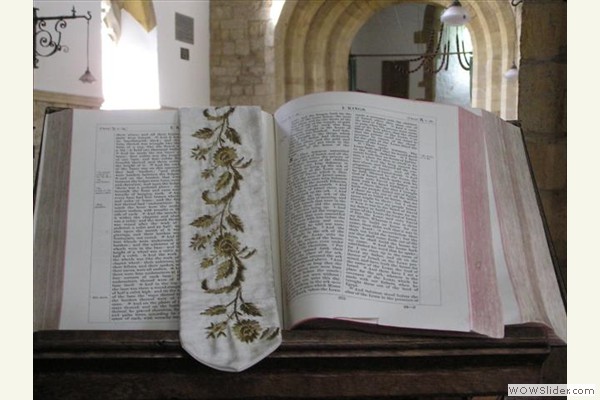
An Exposition Of the Epistles Of Saint Paul And Of The Catholic Epistles Volumes 1&2
THE EPISTLE OF ST. JUDE, THE APOSTLE
Introduction
AUTHOR OF.—St. Jude, the author of this Epistle, also called Thaddeus, to distinguish him from the traitor Iscariot, was brother of James the Lesser, also of Simon, the successor of St. James in the See of Jerusalem, and of Joseph, surnamed the Just. These four were the sons of Alpheus, likewise called Cleophas, and of Mary, the cousin of the Blessed Virgin; they are termed in Scripture “the brethren of our Lord,” in accordance with the usage of the time, designating those, who were merely cousins, by the title of brethren. The Sacred Scriptures are quite silent regarding the particular of St. Jude’s call to the Apostleship. We find his name introduced for the first time (Matthew, chap. 10), where there is mention made of the names of the twelve Apostles. After he had gone forth to preach the gospel, we are informed by Nicephorus and the Martyrologies, that he preached throughout Judea, Samaria, Idumea, Syria, and especially, in Mesopotamia; some persons state that he preached in Lybia. Fortunatus, and several Martyrologies, informs us, that he went from Mesopotamia to Persia; the same tells us, that he was martyred there. The Menology of the Emperor Basil, and other Greek authorities, say it was at Ararat, in Armenia, then subject to the Parthian Empire, his death occurred.
The writer of this Epistle is not to be confounded with another Thaddeus, who, as we are informed by Eusebius, was sent by St. Thomas, the Apostle, to Odessa, and died in peace at Phenicia, as is stated by the Menæa. Our Apostle is, according to the common opinion, of quite a different person.
CANONICITY OF.—The Canonicity or Divine authority of this Epistle was not universally admitted in the Church until the fourth century; since then, it has been admitted universally, both by the Latin and Greek Churches. It has been quoted by such of the Holy Fathers, as since that time, furnished catalogues of the inspired Scriptures, viz., Innocent I., Pope Gelasius, Athanasius, Jerome, Ambrose. Augustine, Isidore, &c.; and by the Councils of Laodicea, Carthage, Florence, and Trent. Its inspiration is believed, by every Catholic, as undoubtedly as that of the four Gospels. We have in its favour, the only certain means by which, in the present order of things, the inspiration of any book can be known, viz.: the infallible authority of the Catholic Church. The principal reasons for questioning its Canonicity on the part of some persons, were founded on certain points to which it refers, regarding the contest of the devil with Michael the Archangel, for the body of Moses (verse 9), and the prophecy of Enoch, which are not found in any part of the ancient Scriptures. But it will be shown in the Commentary, that the mention of these is no argument against its claims to inspiration and Canonical authority—(see verses 9 and 14).
OCCASION OF.—The occasion of this Epistle was the same as that of the other Catholic Epistles. We are informed by St. Augustine (Libro de Fide, &c., ch. xiv.), that all the Catholic Epistles had for object, to meet the unsound doctrine and perverse principles of morality, put forward by the early heretics, viz., the Simonians, the Valentinians, and the whole swarm, comprised under the general denomination of Gnostics. All these erred regarding either the Divine or Human Nature of Christ; and their principles and practices of immorality were too shocking to be mentioned. St. Jude graphically describes them, in this short Epistle.
TIME OF.—From the similiarity, and, in many cases, identity, that exists between certain words and phrases in this and the Second Epistle of St. Peter (chap. 2), it is inferred by some, that St. Peter, in the chapter referred to, borrowed from this Epistle of St. Jude. In that supposition, this Epistle must have been written before the year 66, the date to which the Second Epistle of St. Peter is generally referred. The common opinion, however, appears to be, that St. Jude has borrowed from St. Peter, and this opinion has some foundation in the words of St. Jude (verse 17), where he speaks of the words of the Apostles, words almost identical with those of St. Peter (2 Ep. 3:3). In this supposition, this Epistle must have been written after the year 68, the date of St. Peter’s death, under Nero.
LANGUAGE OF.—It is commonly believed that it was written in Greek—the language then most generally diffused, and consequently the best adapted for a circular Epistle like the present—the language, too, in which almost all the New Testament was written.
Copyright ©1999-2023 Wildfire Fellowship, Inc all rights reserved

 Keep Site Running
Keep Site Running